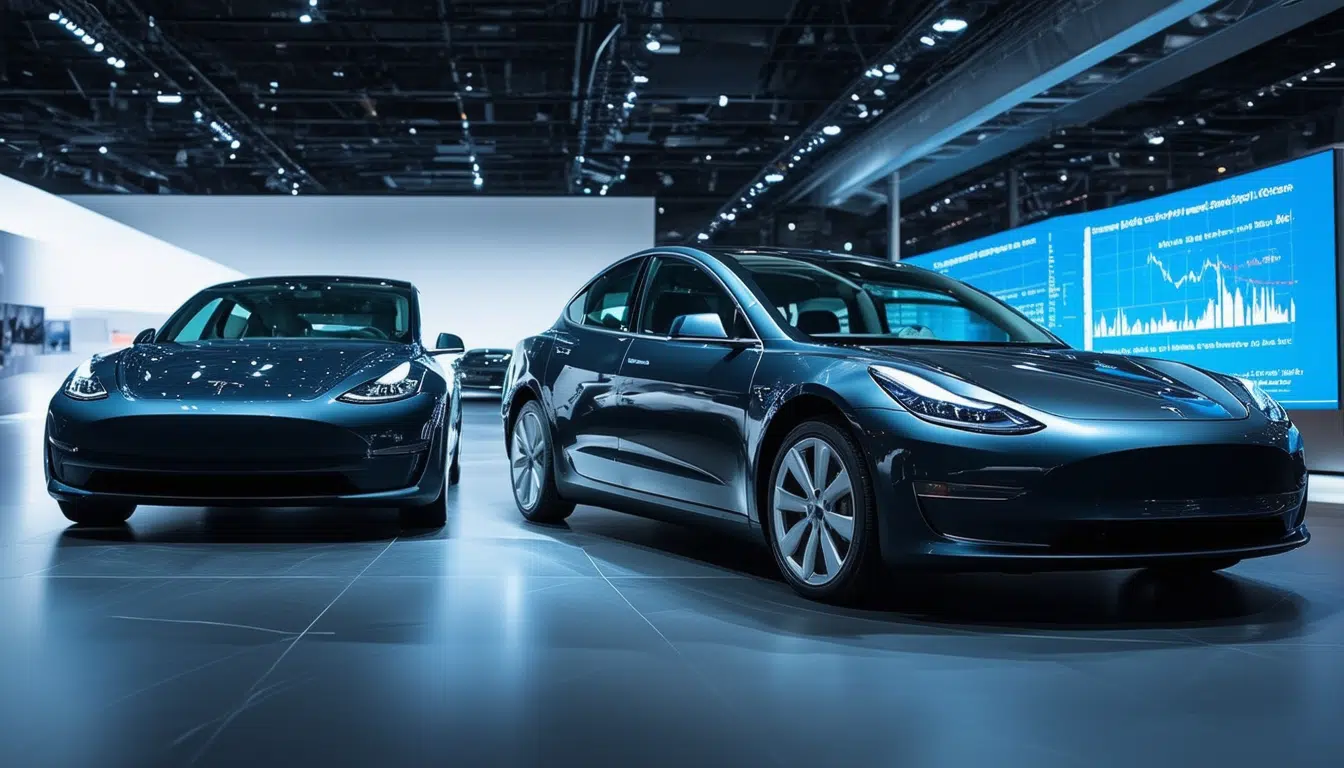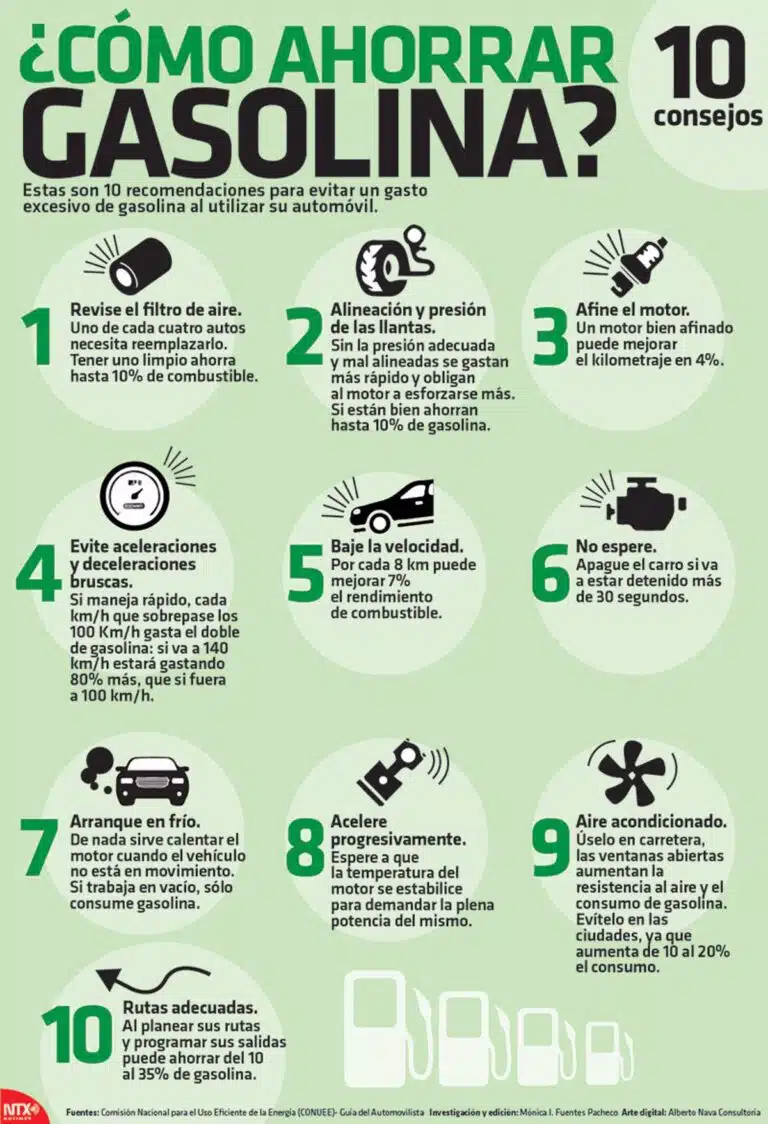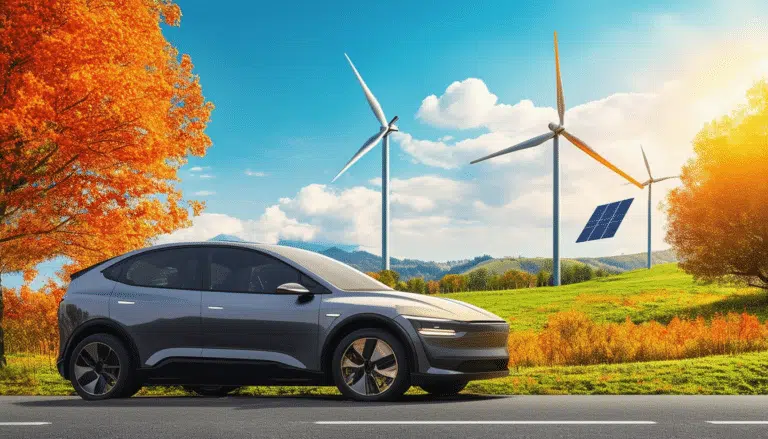The rise of carbon credits: How Tesla and Polestar are reaping millions at the expense of other manufacturers?

The concept of carbon credits has taken on a new dimension in the automotive industry, especially with the growing pressure from European regulations. This system, designed to promote sustainability and the reduction of emissions, has led to unexpected competition among car manufacturers. While large companies like Tesla and Polestar thrive by selling these credits to other manufacturers struggling to meet regulations, the dynamics of the automotive market are changing. The search for strategies to avoid million-dollar fines is creating fertile ground for collaboration, alliances, and, above all, significant revenue generation for those leading in electric vehicle production.
The energy transition is having a considerable impact on the automotive industry and, within this changing landscape, carbon credits emerge as a crucial tool. Tesla and Polestar, two leaders in electric vehicle technology, have managed to capitalize on this situation, generating significant revenue through the sale of these credits to other manufacturers struggling to comply with the strict emissions regulations imposed by the European Union. This article explores how these dynamics are benefiting these companies at the expense of their competitors.
The regulatory context and market pressure
The new emissions standards set by the European Union pose a monumental challenge for many traditional car manufacturers. Starting in 2025, the regulations will be even stricter, and those who fail to comply will face severe fines. This has led many brands to consider alternatives, such as emission pooling, where smaller manufacturers seek to partner with those who have a better ability to meet these criteria, such as Tesla and Polestar.
Tesla and Polestar’s business model
Tesla and Polestar have developed a business strategy that not only focuses on selling electric vehicles but also on marketing carbon credits. These credits are generated for each electric vehicle sold and can be sold to other manufacturers needing to offset their emissions. For example, Tesla, with its 100% electric model, can sell its surplus credits to brands that manufacture combustion vehicles and are, therefore, in a complicated position to comply with the established regulations.
Emission pooling: a strategic solution
In the quest to meet emission limits, many companies are opting to form groups or pools of emissions. This strategy involves aggregating the emissions of several companies to average their results and avoid fines. Manufacturers such as Stellantis, Toyota, and Ford are in discussions to integrate their emissions with those of Tesla, allowing them to benefit from Tesla’s low carbon footprint.
Economic impact on Tesla’s finances
The revenue that Tesla generates from the sale of carbon credits is significant. It is estimated that this revenue can represent up to 3% of its total billing, which exceeds 72 billion dollars. This means it is a potential income of more than 1 billion dollars, reflecting the importance of these credits in its business model and financial success.
Challenges for traditional manufacturers
For many traditional manufacturers, the need to purchase carbon credits implies an additional economic burden. Despite efforts to reduce emissions and comply with the regulations, some are forced to turn to companies like Tesla and Polestar to avoid exorbitant fines. This leads to a race against time where manufacturers must adapt to a world that is rapidly evolving toward sustainability.
Future prospects and the growing trend
The sale of carbon credits has become an ever-expanding playing field. With the increasing pressure from EU regulations, it is expected that more manufacturers will follow Stellantis’s example and partner with Tesla and Polestar. We may also see an increase in electric vehicle sales, further boosting credit income for these companies, while traditional brands struggle to adapt to a new economic order.
Finally, the management of carbon credits and their alignment with environmental regulations is not just a matter of compliance but is redefining the dynamics of the contemporary automotive market, placing electric vehicle leaders in a privileged position.
The transformative impact of carbon credits
In a context where environmental regulations are becoming increasingly stringent, carbon credits have emerged as a strategic solution for many companies in the automotive sector. Tesla and Polestar are leading this trend, leveraging their position in the electric vehicle market to generate significant revenue through the sale of surplus credits. This phenomenon is not only changing the financial landscape of these companies but also illustrates the pressure traditional manufacturers face as they must adjust to the new emissions regulations.
As new regulations are implemented in the European Union, many automotive brands, which have historically dominated the market, are forced to seek alternatives to meet the standards. This has led to the creation of strategic alliances between manufacturers such as Stellantis, Ford, and Toyota, who seek to pool their emissions and acquire credits from Tesla and Polestar to avoid paying substantial fines. Collaboration in this scheme highlights a new dynamic in the industry, where major players must adapt or face severe economic repercussions.
The revenues obtained by Tesla through the sale of carbon credits are not negligible, reaching figures that directly and positively impact its financial balance. However, in addition to the economic viability of this model, the rise of carbon credits underscores the growing importance of sustainability in the automotive sector. By incentivizing the use of clean technologies, not only is a greener economy promoted, but innovation is also fostered in a sector that must evolve rapidly to meet future demands.
This paradigm shift emphasizes the interdependence between the economy and the environment, where players like Tesla and Polestar are showing that it is possible to generate profits while contributing to the planet’s well-being. In this new context, carbon credits are positioned as a driver not only for economic profitability but also for a more sustainable future in the automotive industry.






